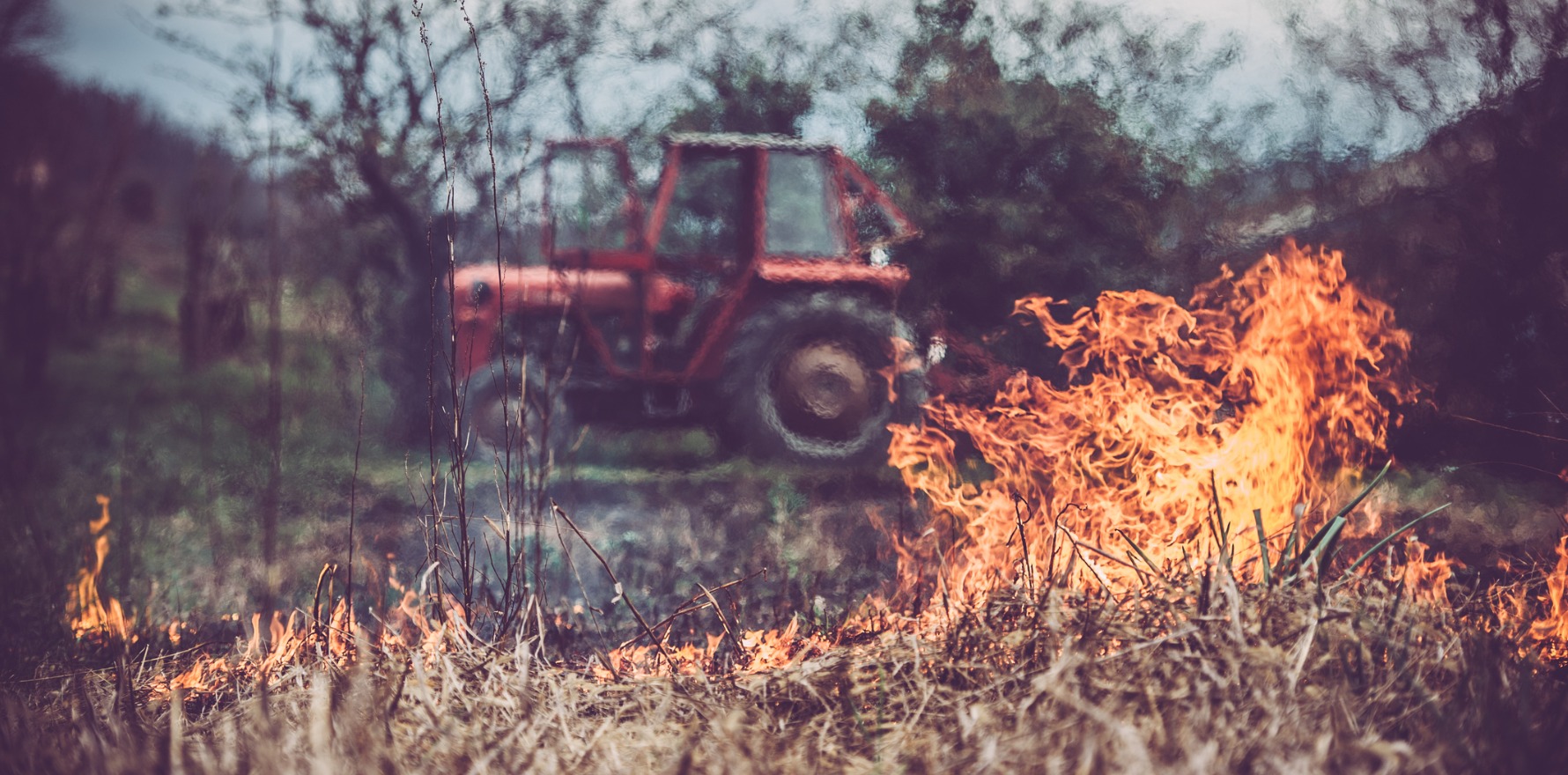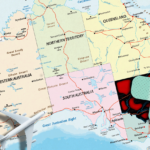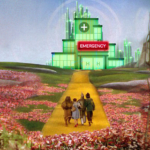Presidents present and past of ACRRM and the RDAA chat advocacy, big plans and hopes for the sector.
Two years can feel like an eternity, but on the timescale of Big Policy Changes it’s a mere blip.
How, then, can the presidents of medical colleges and organisations – who only ever sit in the job for two years – judge whether their efforts make a lasting mark?
The current and immediate past presidents of ACCRM and the RDAA made time to sit down with The Medical Republic at the Rural Medicine Australia conference last week to reflect on the challenges and opportunities facing rural medicine.
Dr Sarah Chalmers, ACRRM immediate past president
ACRRM’s immediate past president, Townsville-based rural generalist Dr Sarah Chalmers, sees the college’s early transition to profession-led training in NSW and Tasmania as the biggest wins of her term.
“We’re already directly training 60% of our registrars and that’s incredible,” she says.
“And [with] the early transition from RTOs, we’ve been able to troubleshoot problems and it’s put us in a really strong position for the first of February.”
Still, Dr Chalmers says, training will be an uphill battle.
“We’ve got to stop the leaks in the pipeline, we’ve got to set up a better flow,” she tells TMR.
“But in reflection, I had dinner last night with all of the presidents of the organisation over the last 25 years and it’s amazing what’s been achieved … sure, we don’t have enough workforce, but we have a really strong workforce and we’re in a good position to continue to make that better.”
Having officially handed the baton to ACRRM’s new president, Dr Dan Halliday, at the Rural Medicine Australia conference in Canberra last week, Dr Chalmers will stay on the ACRRM board as immediate past president and on the RDAA board as the ACRRM representative.
She will also keep her seat on the Labor government’s Strengthening Medicare Taskforce, with Dr Halliday keen not to disrupt any of the relationships with government that Dr Chalmers has forged.
Dr Chalmers’ final wish as college president is for her metro peers to see rural health the way that she does.
“Rural health is not a problem for rural communities,” she says.
“The entire country should be behind us … helping us out and concerned with fixing it.”
It’s not just a moral imperative, she argues, but a practical one.
“Our food is grown in rural areas, [it’s where we get] livestock for meat, it’s the mining communities that produce commodities which drive our economy,” says Dr Chalmers.
“Rural and remote communities provide a significant service to everybody in the country and, therefore, everybody in the country should be thinking, ‘how do we help people in these communities get access to proper health care?’”
Dr Dan Halliday, ACRRM president
Speaking on his first official day as college president, Dr Halliday seems certain that the next two years are going to fill up fast.
Based in the southern Queensland town of Stanthorpe, the rural generalist lives in a region which was devastated by bushfires in 2019.
The experience of the Black Summer bushfires informs Dr Halliday’s approach to the presidency.
“We need to take a step back and realise that there is a significant amount of change fatigue associated not just with our internal mechanics of training in the general practice landscape, but also the wider community,” he tells TMR.
“In Stanthorpe, for example, we have had to go through drought, bushfire and to a smaller extent flood.
“Multiple communities out there haven’t had the chance to actually process what happened with the bushfire event in 2020 and they went straight into covid.”
He preaches patience as the system slowly changes.
“We have to be realistic in terms of our goals,” Dr Halliday says.
“Any of those big conceptual changes in government would potentially require a significant change in funding streams.
“And this process, for example, of college-led training has been going on for five years.”
While he’s hopeful that change is on the way, Dr Halliday isn’t holding out for a silver bullet catch-all fix for rural health – quite the opposite.
“The issue is it actually needs multiple components of the system to work together … to fix this problem that’s been created over many years,” he says.
Dr John Hall, RDAA immediate past president
In the year since he finished his term as RDAA president, Queensland GP-obstetrician Dr John Hall has been grateful for a bit of respite.
The two-year period saw him doing 14-hour days at his regular job, on top of two meetings with the Department of Health and three evening teleconferences per week at the beginning of the pandemic.
“The amount of media we did was probably about five to 10 times more than what we would have normally done in a presidency,” he tells TMR.
As RDAA president, Dr Hall was a lone voice advocating for video telehealth over phone telehealth and still maintains that video provides a better services than phone.
After a short break, he now works at the virtual rural generalist service in western NSW.
It’s an area he has become very passionate about.
“I was sceptical about the virtual service when I first looked into it, but having worked in it I’m a massive convert,” Dr Hall says.
If not done properly, he says, telehealth can be a dangerous Band Aid solution.
“But the way that it’s set up in western NSW is very high fidelity, which means we can get very clear pictures and video of the patients,” he says.
Nursing teams do remote examinations and the virtual generalists can access an electronic medical record which allows them to perform functions around medication, fluids, treatments and resuscitation.
While the service is still in its infancy, Dr Hall says that it’s been able to keep more doctors on the ground in rural areas by reducing their workload.
In all, Dr Hall believes rural general practice is in a better state now than it was when he first entered the industry.
“The biggest change during my time has been the advent and the cementing of ACRRM as our own training college and what flew on from that,” he says.
Dr Megan Belot, RDAA president
In her address to delegates, Victorian GP-anaesthetist and current RDAA president Dr Megan Belot took the time to thank the women in rural medicine who came before her.
Among them was the late anaesthetist, Colonel Su Winter, who mentored Dr Belot as a junior doctor.
“I saw a confident, take-no-bullshit, own-your-place ICU anaesthetics consultant who had a husband and a child and a life outside of medicine,” she tells delegates at the Rural Medicine Australia conference.
“And I thought ‘wow, this is real’.”
While strides have been made in terms of the culture of medicine and the way female doctors are treated, Dr Belot says she will continue to push for change.
“We need to look at other industries who have made substantial changes over the past few decades, ensuring that they have caps on hours worked … instead of expecting them to go above and beyond until mistakes are made,” she says.
“This is important for the safety of our doctors and our patients.
“Nurses have limitations on how many hours they can work before they take a break … yet somehow is it still seems okay for GP to be on call for the hospital 24/7 as well as seeing patients in their practice all day.”
Like Dr Chalmers, Dr Belot is also setting her sights on the leaky training pipeline.
“You get these medical students that are really keen to be rural in whatever specialty and then you pretty much lose when they go back to do their junior doctor years in metropolitan cities around Australia,” she tells TMR.
The John Flynn Prevocational Doctor Program, which recently received $15,000,000 in additional funding, holds particular promise, according to the RDAA president.
“It does go that extra mile where the junior doctor gets to have a placement with a rural GP, as well as being in the rural hospital,” she says.
“I’d like to see it as a mini, rural PGPPP [Prevocational General Practice Placements Program] … giving general practice that leg up.”





